Spunti di visita
Padua
Padua is a city full of beauty...
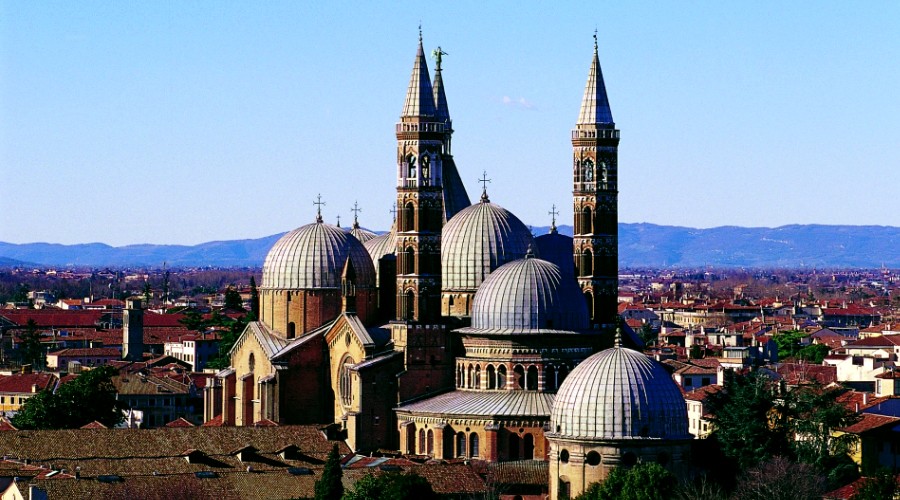

...this can be seen in places like the restored Building of Reason (the palace of Justice) and the Loggia of the Carraresi family that bear witness to the splendour of the Carraresi rule and in the Chapel of the Scrovegni with its precious frescoes by Giotto. Spirituality is breathed in the Churches - in the Basilica of St. Anthony which houses the Saint’s relics, in Santa Giustina, in the Duomo with its Roman Baptistery. The city’s squares such as Piazza delle Erbe, Piazza della Frutta and the outstanding Prato della Valle offer a colourful picture of the town. Padua is also a city of science, with its university in the ancient Palazzo del Bo, where Galileo Galilei once taught, the Anatomical Theatre and the boulevards of Europe's first University Botanical Garden (Unesco Heritage). Then do not forget to stop in the historical Caffè Pedrocchi, to admire the ancient porticoes and the Renaissance city walls and gates, to visit the Jewish ghetto...
Duration of a guided tour in Padua: 2/2,5 hours
To taste...
Berico Euganeo ham (sweet ham from Montagnana), extra virgin olive oil from the Euganei Berici Hills, “Fior d’arancio” wine, Padua chicken and truffles from the Euganean Hills.
Places to see in the province of Padua…
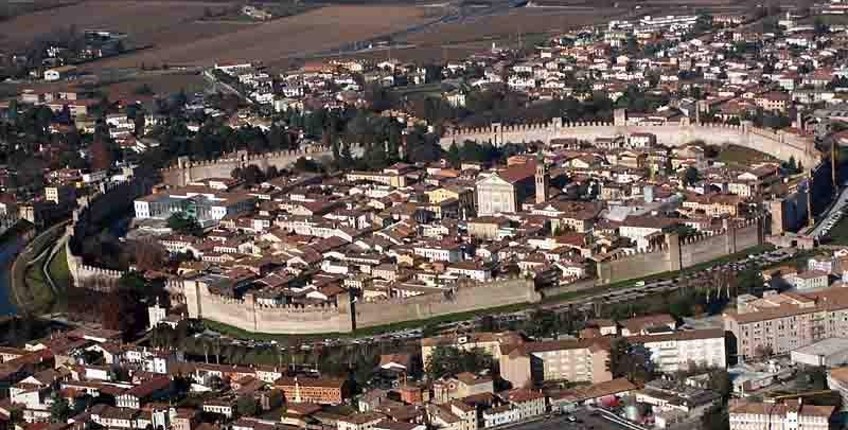
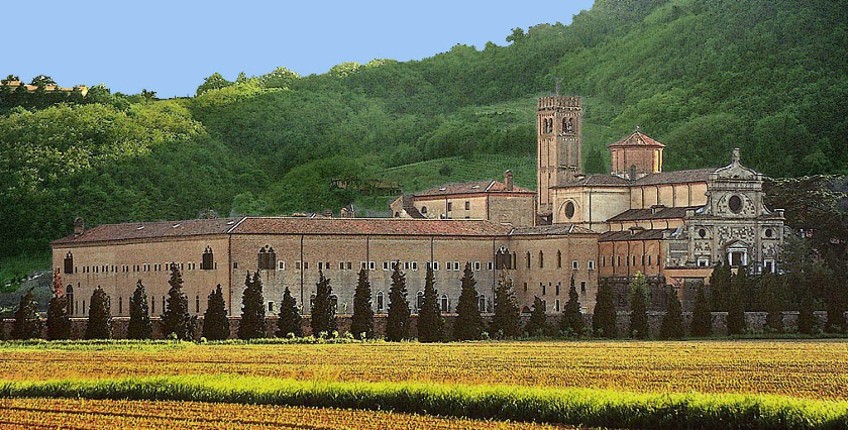
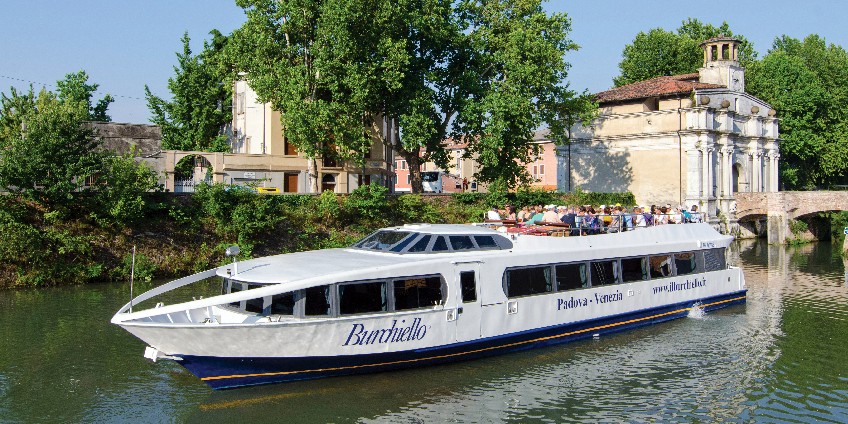
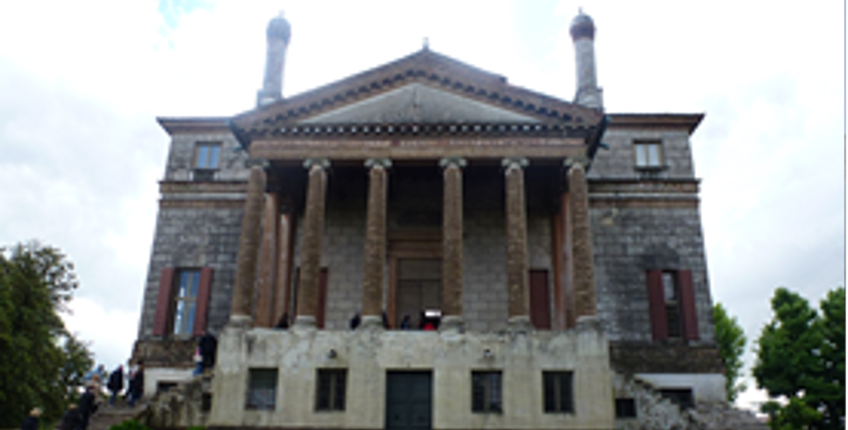
Arquà Petrarca: it is considered the jewel of the Euganean Hills. This medieval village has kept the same charm and peace that conquered the poet, Francesco Petrarca, who is buried in the town.
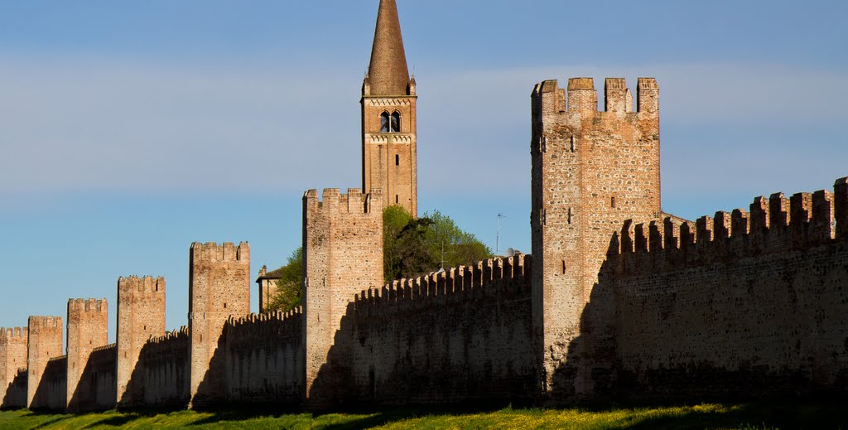
The medieval walled cities of Cittadella, Este, Montagnana, Monselice: they are unique and well preserved examples of medieval architecture, boasting numerous fortifications, towers and sentry-posts.
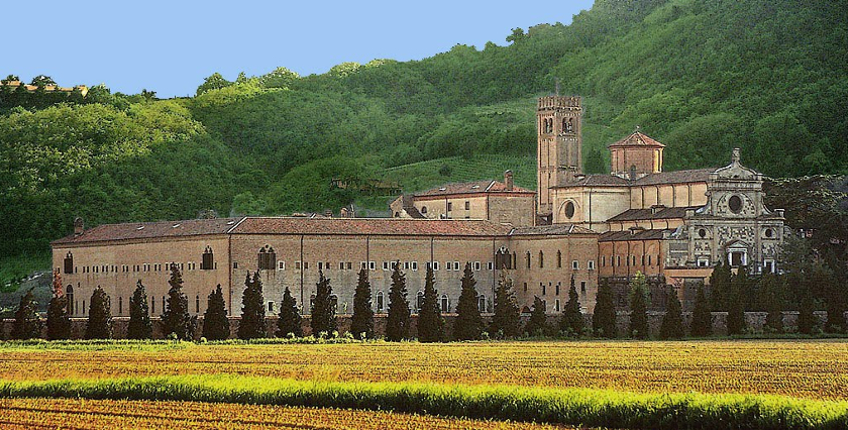
The Abbey of Praglia: a Benedictine complex built in the 15th century, still inhabited by monks who produce medicinal products.
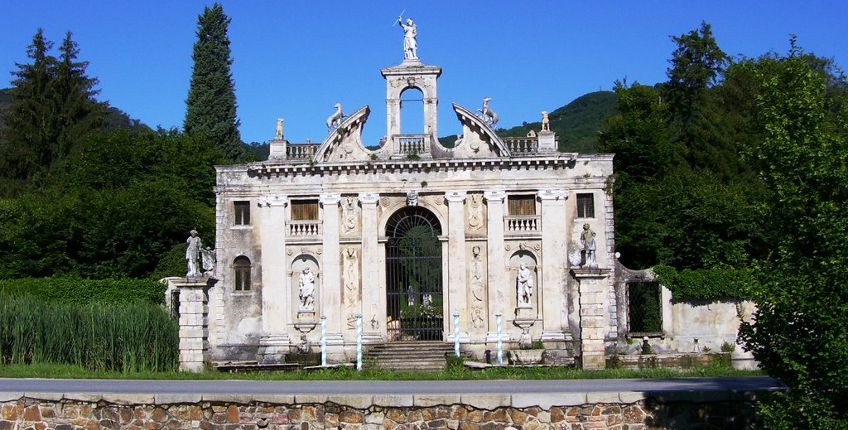
Villa Barbarigo: situated in Valsanzibio, in the Euganean Hills, is famous for its wonderful 17th century garden and labyrinth, influenced by the Baroque style.
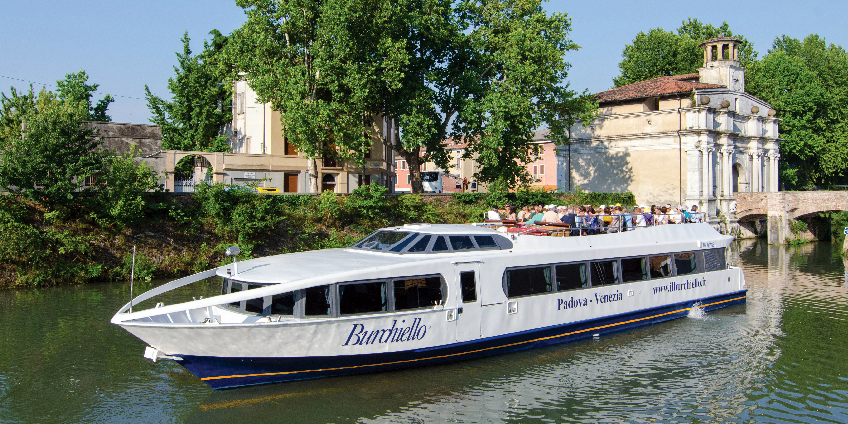
The Brenta Riviera: a quiet boat cruise along the Brenta Canal, from Padua to Venice as the Venetian nobles did in the past, is a unique opportunity to admire the most famous Venetian Villas.
